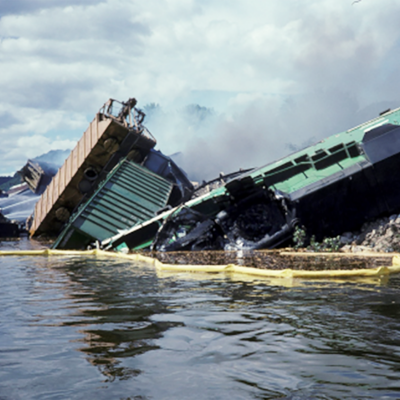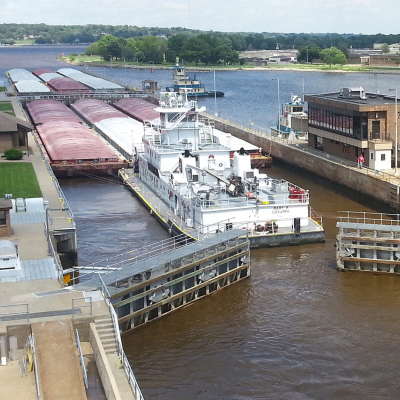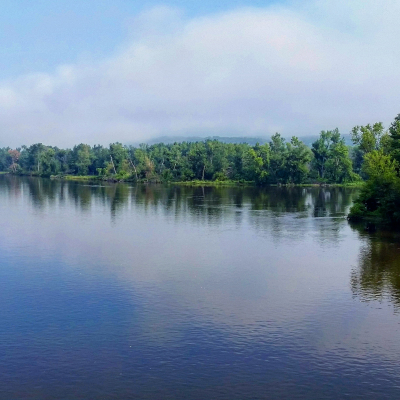Using USGS's National Water Quality Assessment datasets spanning 1972 to 1986, this report evaluates the Upper Mississippi River's water quality condition by exceedances of standards, support uses (i.e., national goals), quality of the fishery, sediment quality, and spatial and temporal trends. It found that 69 percent of the river (approximately 583 miles) has water quality problems, with the majority of those problems concentrated at the upstream and downstream ends of the river. Stretches of the river with the best water quality were between L&Ds 10 and 19 as well as L&Ds 20 and 21 – i.e., away from the major metropolitan areas and major tributaries (Minnesota, Illinois, and Missouri Rivers). The most pervasive water quality problem was the degradation of the fishery resource. This report set the course in subsequent years for UMRBA’s focus on sedimentation and toxic pollutants.
- About
- EventsThursday, December 18, 2025February 24, 2026February 25, 2026May 19, 2026May 20, 2026August 4, 2026August 5, 2026
- Focus areas
- Initiatives
- Groups
- News
- Library




